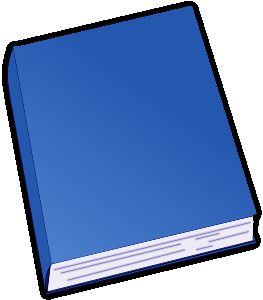Transactions of the American Society of Civil Engineers, Vol. LXVIII, Sept. 1910 The New York Tunnel Extension of the Pennsylvania Railroad. The East River Division. Paper No. 1152 By: Alfred Noble (1844-1914) |
|---|

In "Transactions of the American Society of Civil Engineers, Vol. LXVIII, Sept. 1910," Alfred Noble presents a thorough and detailed account of the New York Tunnel Extension of the Pennsylvania Railroad, focusing on the East River Division.
The paper provides an in-depth analysis of the engineering challenges faced during the construction of the tunnel extension, including the complexity of working beneath the East River. Noble showcases his expertise in the field of civil engineering, offering valuable insights into the planning, design, and execution of such a monumental project.
Readers with an interest in civil engineering and infrastructure development will find this paper to be a valuable resource, shedding light on the innovative techniques and strategies employed in the construction of a vital transportation link. Noble's meticulous research and clear writing style make this paper both informative and engaging, making it a must-read for anyone interested in the history of engineering in the United States. INSTITUTED 1852 TRANSACTIONS Paper No. 1152 THE NEW YORK TUNNEL EXTENSION OF THE PENNSYLVANIA RAILROAD. THE EAST RIVER DIVISION. BY ALFRED NOBLE, PAST PRESIDENT, AM. SOC. C. E. A general outline of the work included in this Division has been given by General C. W. Raymond, M. Am. Soc. C. E., in the first paper of the series. The few pages following are intended only as a note to connect his paper with the more detailed descriptions of the execution of the work, which will be supplied by the Resident Engineers in immediate charge. Soon after the Company's project was made public, in the latter part of 1901, borings were begun in the East River, and a few weeks later in Manhattan and Long Island City. A preliminary base line was measured on the Manhattan side, and temporary transit stations were established on buildings from which all borings in the river were located. The river borings were all wash borings made from a pile driver boat. After the results were plotted on the map, contour lines were drawn to indicate the rock surface, and profiles along the tunnel lines were plotted from the contours; as the borings were preliminary to the final location of the tunnels, and in many cases at some distance from the tunnel lines, considerable divergence from the actual rock surface was expected, and realized in a few places, yet on the whole the agreement was very good... Continue reading book >>
|
| Book sections | ||
|---|---|---|
| eBook Downloads | |
|---|---|
|
ePUB eBook • iBooks for iPhone and iPad • Nook • Sony Reader |
Kindle eBook • Mobi file format for Kindle |
|
Read eBook • Load eBook in browser |
Text File eBook • Computers • Windows • Mac |
| Review this book |
|---|